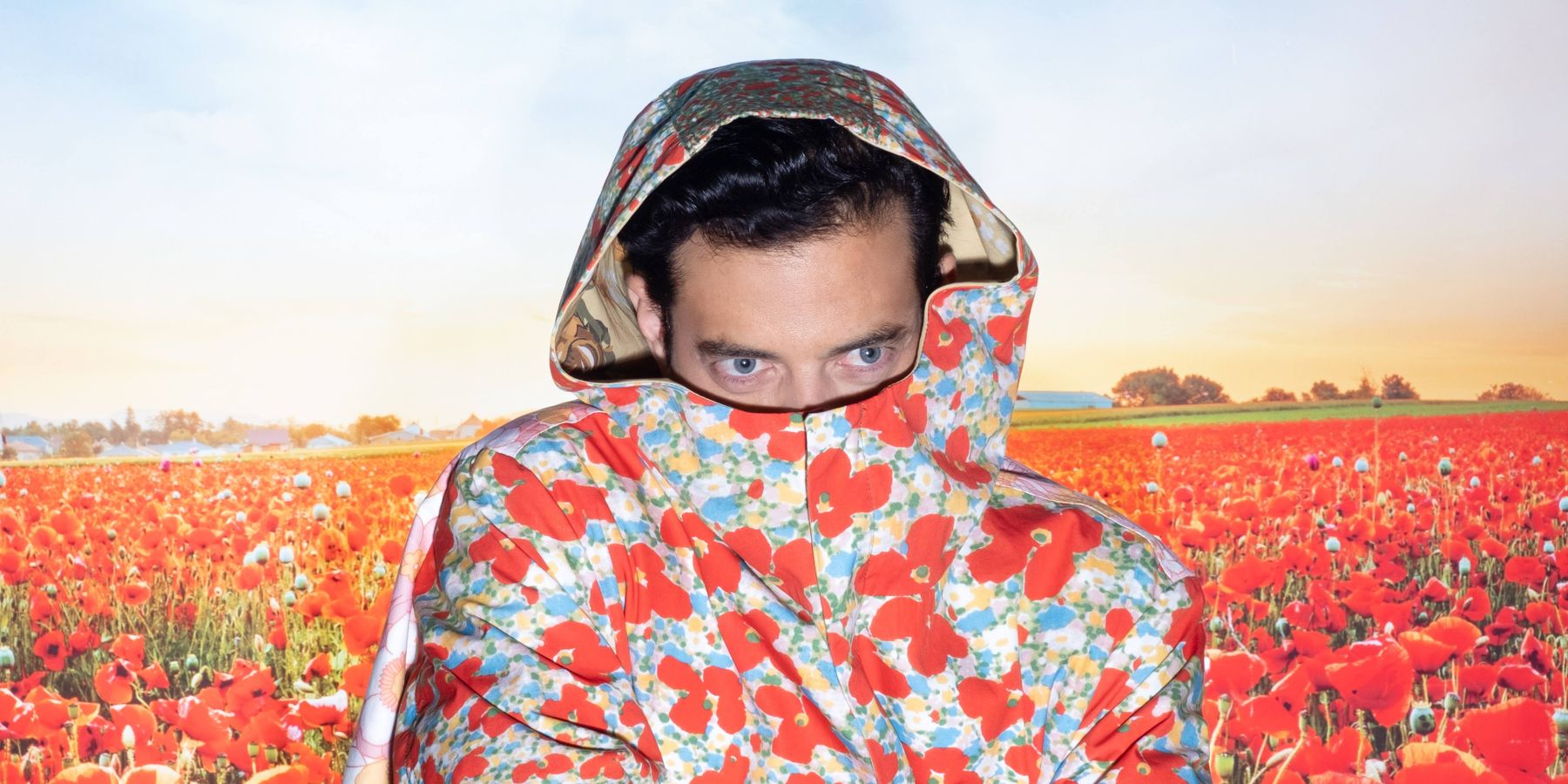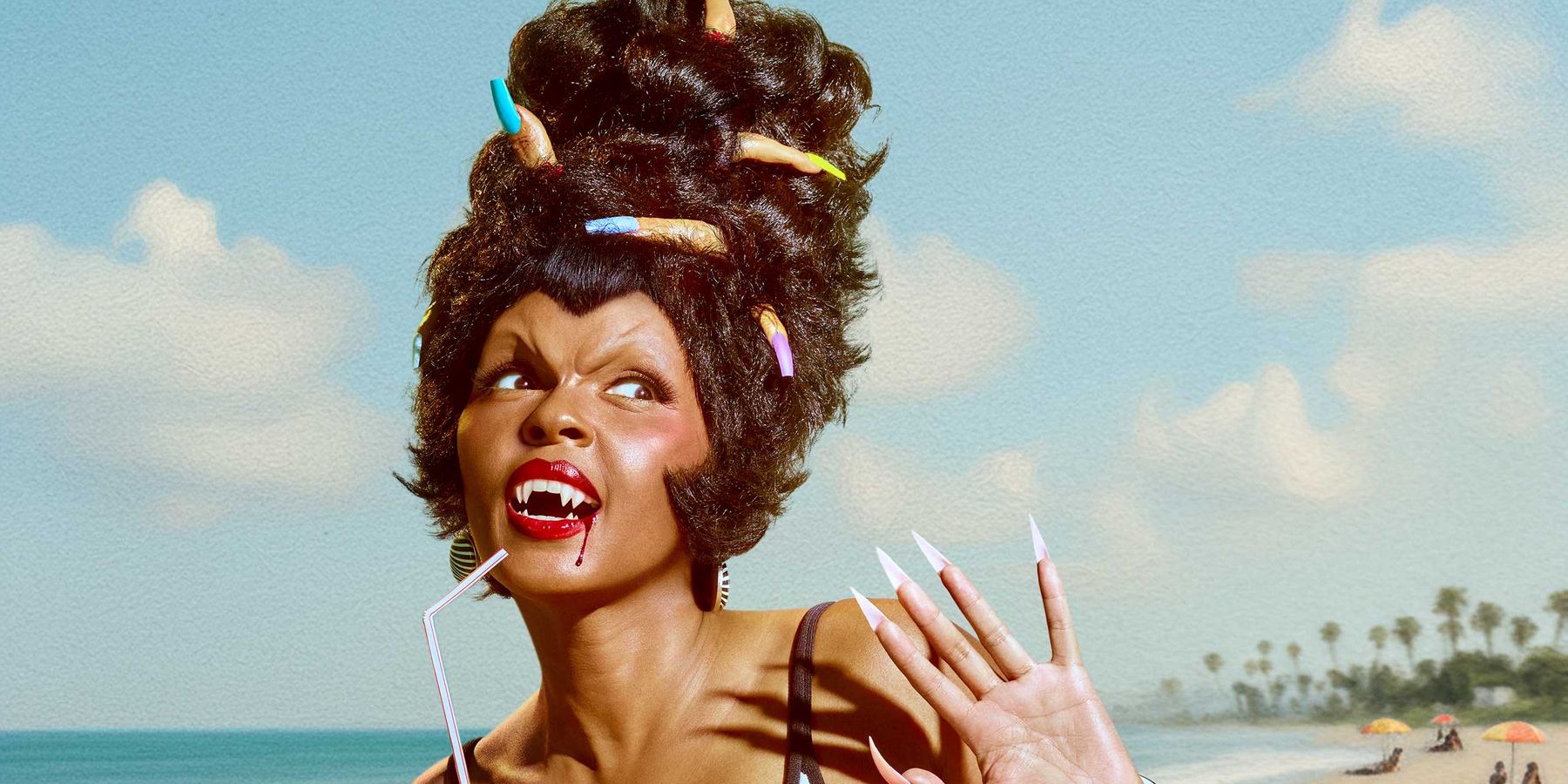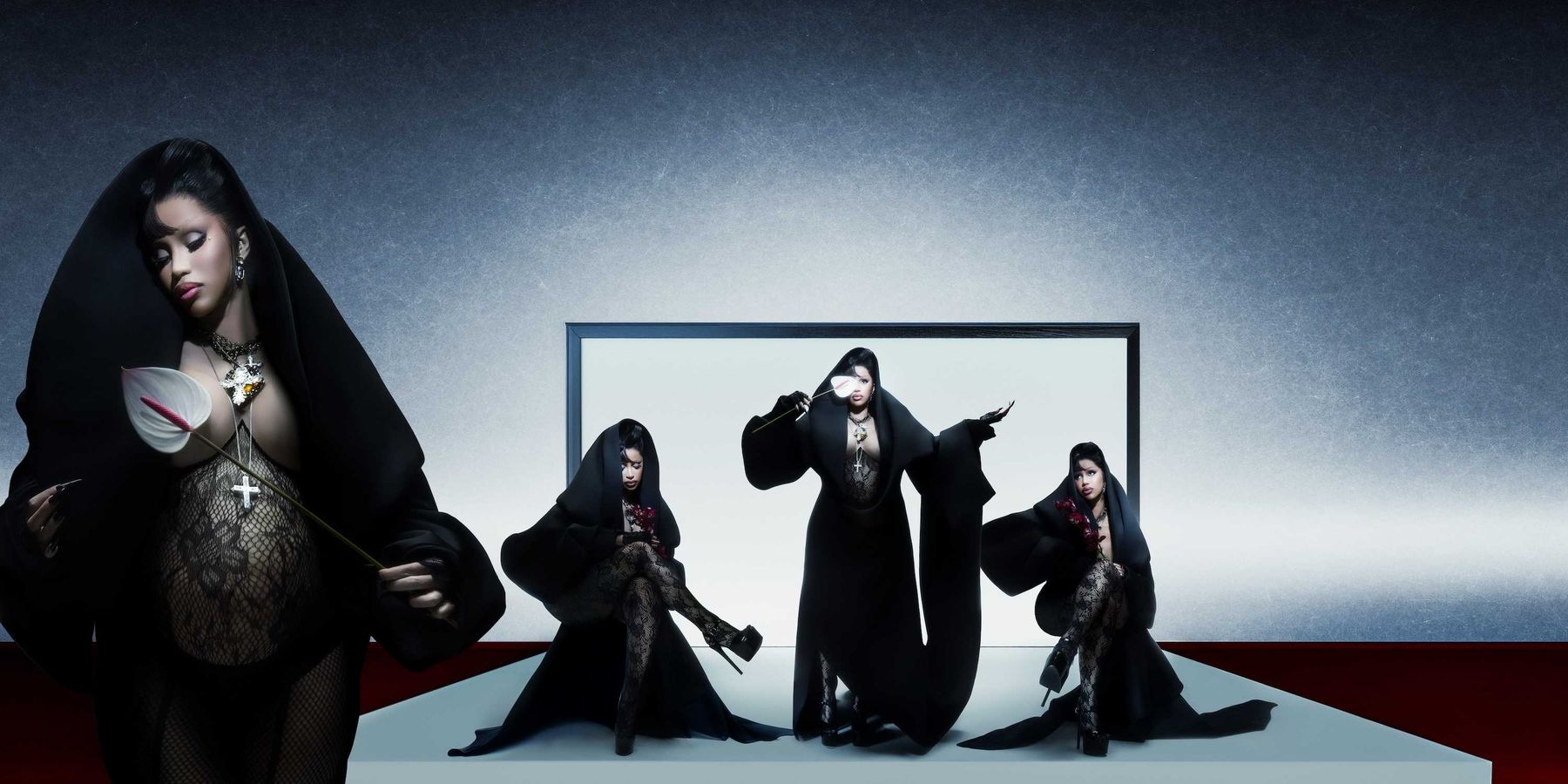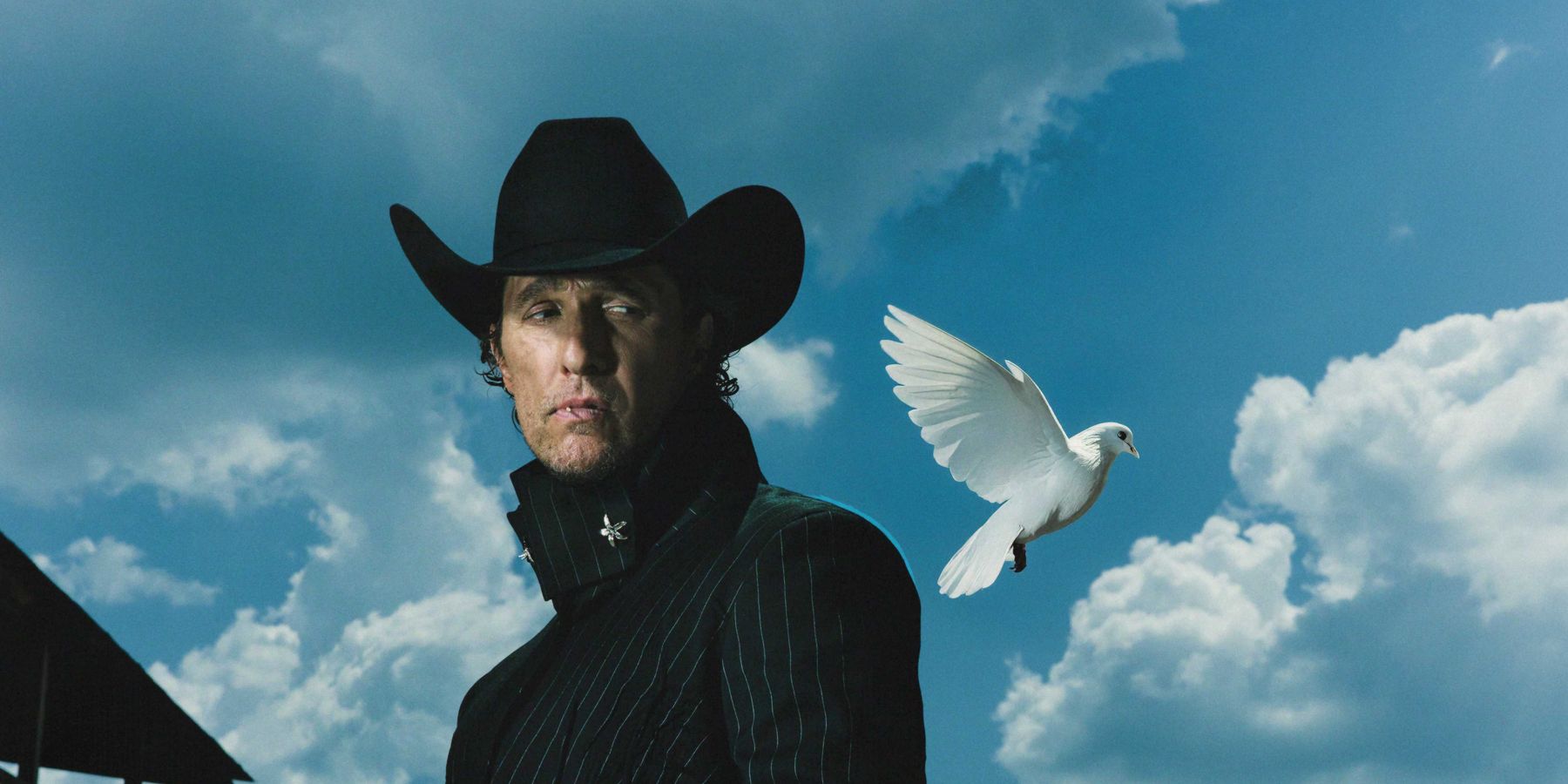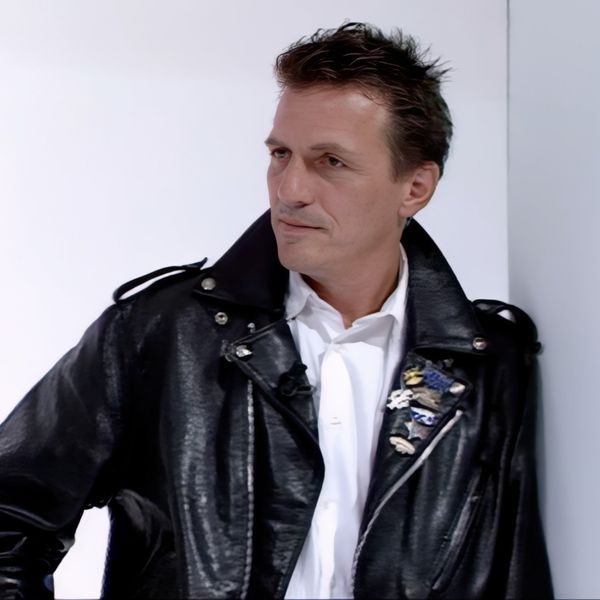
Sergio Salerni Produced Iconic Italian Runways
By Ilius Ahmed
Jul 21, 2025
Sergio Salerni is a legend when it comes to producing and directing fashion shows. He started in Milan 50 years ago working with brands like Versace and Armani. He’s seen a lot of changes over the years.
Ilius Ahmed, the fashion historian behind the Instagram account Unforgettable Runway, spoke to Salerni about producing and documenting fashion shows in the '80s and how things have changed.
You've worked in fashion, film and production for many decades. How did the journey begin?
I started in early '78. At that time, I was working in an advertising agency, and I met a girl who was starting modeling. She introduced me to the world of fashion. I brought into this business my knowledge of communication, of filming. At the time, I was a film director for commercials. Thanks to this girl, she introduced me to Versace, Basile, etc. I met these brands, and I really started with them just to introduce the idea of making a video of their shows. I introduced the use of video in the fashion business in Milan. I was really the beginner of this thing.
We see the finished product of a runway show, be it on television or online. Can you tell me the process involved with producing and filming a runway show?
Actually, producing and filming are two different things. Filming, the problem was that the client would like to have immediate images of the show. At that time, it was quite difficult because the video track was just for certain situations. There was not a video track for small productions like this.
For live direction?
Yes. There was one guy that had the first video van with three cameras and so we started with it. And this was quite easy because we were doing live. The show was like half an hour long sometime because they were very long shows, many models involved. Most of the video at that time was done with the three cameras. There was not editing, just some adjustments later, but this was it. You had the beautiful video. I actually learned to live direct a video show, and it was quite nice.
Imagine that, in Milano, they were doing like 10 shows per day, and that was in four different rooms. We just moved the cameras, but the cable was already placed before. So in half an hour, we were ready to shoot the next show and the next show. We filmed like 10 shows per day in the five days of fashion week. Everything started there. We just started to produce this show and was quite easy at that time, not so difficult actually. They asked me, "Sergio, please, why don't you produce the show for me?" And that's why I started to produce the shows. And that means that I was sitting directly with Mr. Ferre, Mr. Versace, the Missoni family.
Mr. Armani.
Armani. I was drawing myself a little piece of paper in a 3D way. I was drawing a little sketch. They were enthusiastic to have this kind of creative people around that was working on this section. Because before, it was just a little not very good light and a pasarela or catwalk. That was the show. We started to think about making sets and to start to make movement and choreography because we had a lot of models, and the models were not just going one by one after the other, like now. At that time, the model should stop here, should stop there. There would be three models this time, then three in the other side. It was a kind of choreography, really. And we had rehearsals with the models, but we created something really huge and big, first in 1978, and in 1986, it started getting really big.
Let's go back to the mid-'80s. Which designers did you produce?
I was working at the time with many. Gianfranco Ferre — we had a long story of working together. We did beautiful shows. Gianni Versace — we started to do the first show and then grow and grow and grow. With Armani, we did a lot of shows for Emporio and for Armani. Missoni, Basile, Krizia, the pret-a-porter. Because in Italy, the Italian designers invented the pret-a-porter. The high fashion was in Paris, but the pret-a-porter started in Milano.
Of all the runway show you've filmed and produced in 1984, tell me your top five unforgettable shows, and why?
In '84, everything was happening in the Fiera in Milano, so we had similar catwalk and runway in all the rooms. We had five or six rooms, but all with the photographers on the side of the catwalk. We didn't have the photographer with the long lenses like now that they stay in front of the model. All the photographers were more kind of reporters, so they were working quite close to the model on the side of the catwalks. All around there was this line of photographers.
Was there a particular trend or runway style in 1984?
All the shows are different now. All the shows are in a different location. All the shows have different lighting, etc. At that time, the only difference was the setup behind the back wall of the show, that most of the time had a huge logo. For Missoni, we started to use neon. I remember one at that time where we used a laser for the first time. We had a huge laser for Luciano Soprani. We recreated a sort of cage of rays of laser — very dangerous because this laser was very powerful. So we were a little bit scared about that. That's what I remember.
Wow. That’s wild.
I remember one show was for Max Mara or Sportmax. We were using a lot of new technology of that time. So the main technology that I used was the laser ray I told you about. Another one was we use phosphorus panel for the back of a show of Max Mara. The model was passing through this panel, and the photographers were flashing the models on the panel and provoking the shadows of the model on the panel.
I remember the first time that I used follow spot light instead of the normal light. And the follow spot light was blue because it's daylight. And most of the photographer were used to using tungsten light. For Versace, the model became blue, so we had this beautiful supermodel all blue in the face. Because the photographer was not ready to catch the photo with the daylight system.
Oops.
It was a quite interesting period because, really, we were inventing the situation as we went. Now, you take everything from theater, from movies, from the ballet, from art. At that time, fashion was the avant-garde. Whatever was on the catwalk was the avant-garde of that time. Even that, I remember they did an article on me in The New York Times, and I was the wizard behind the Gianni Versace fashion show. It was a really a creative moment that really helped Italian fashion to become what it is, and it really helped a lot of people like me to go from advertising to another situation.
Everything was new.
Everything was new. Everything was invented on the site. I did a show for Versace where we used the very first video projector. The video projector, that time, was one ton. The weight was one ton, and it was working with an oil system. And with it, I did for Versace, blowing flowers. Maybe this was '80. The name of the machine was Eidophor. That was a machine of one ton that we brought into this theater to do a fashion show. It was really a lab of ideas and creativity. And whatever was new, we were ready to use it. Fashion helped a lot, because they had money to use this kind of thing. Otherwise, it was impossible to use it for a normal ballet system for the theater. But fashion was rich enough to allowe us to use this kind of technology.
That’s amazing. How has fashion, film and production changed from the 1980s to 2025?
Filming. It's like a huge production now. Filming a fashion show now means using like 10, 12, 15 cameras. We have different cameras everywhere, in every single angle: one for the shoes, one for the details, one for the close-ups, one for the movement. And that means to have people, to have cameramen, and the console for the editing is crazy unbelievable. It's a huge, huge, huge production. You have maybe 10,000 square meters location. That means to have hanging point light, like a huge concert, and sound is the best that you ever heard for music. Really, to produce a fashion show now is to produce a huge show. We're talking about millions of dollars for a show. Once, it was very little money. It's not like that now.
What's your prediction of how the runway show will be in the next 40 years?
I think that the value of watching a fashion show live with a real dress, with a real thing is not possible to change this way because we tried during the COVID to do the filming. Changing completely is not really possible because all the circus of the fashion people. They really want to be there to see and almost touch the dress.
So I think that this kind of way we are running now is going to be the way, but there is a possibility that can change a lot. And this AI that is so detailed, so beautiful, so realistic and so three-dimensional — this may be the possibility of the future just to produce a film in 3D AI that really can change the process. Still, I think that as long as we have the journalists and editors that want to see a fashion show, there will be fashion shows. Certain technologies might change, but it’s still models wearing clothes during an interactive experience.
From Your Site Articles
MORE ON PAPER
Entertainment
Rami Malek Is Certifiably Unserious
Story by Joan Summers / Photography by Adam Powell
Story by Joan Summers / Photography by Adam Powell
14 November
Music
Janelle Monáe, HalloQueen
Story by Ivan Guzman / Photography by Pol Kurucz/ Styling by Alexandra Mandelkorn/ Hair by Nikki Nelms/ Makeup by Sasha Glasser/ Nails by Juan Alvear/ Set design by Krystall Schott
Story by Ivan Guzman / Photography by Pol Kurucz/ Styling by Alexandra Mandelkorn/ Hair by Nikki Nelms/ Makeup by Sasha Glasser/ Nails by Juan Alvear/ Set design by Krystall Schott
27 October
Music
You Don’t Move Cardi B
Story by Erica Campbell / Photography by Jora Frantzis / Styling by Kollin Carter/ Hair by Tokyo Stylez/ Makeup by Erika LaPearl/ Nails by Coca Nguyen/ Set design by Allegra Peyton
Story by Erica Campbell / Photography by Jora Frantzis / Styling by Kollin Carter/ Hair by Tokyo Stylez/ Makeup by Erika LaPearl/ Nails by Coca Nguyen/ Set design by Allegra Peyton
14 October
Entertainment
Matthew McConaughey Found His Rhythm
Story by Joan Summers / Photography by Greg Swales / Styling by Angelina Cantu / Grooming by Kara Yoshimoto Bua
Story by Joan Summers / Photography by Greg Swales / Styling by Angelina Cantu / Grooming by Kara Yoshimoto Bua
30 September
Music
Demi Lovato Is No Joke
Story by Ivan Guzman / Photography by Jason Renaud / Styling by Chris Horan/ Makeup by Loftjet / Set design by Allegra Peyton
Story by Ivan Guzman / Photography by Jason Renaud / Styling by Chris Horan/ Makeup by Loftjet / Set design by Allegra Peyton
15 September
